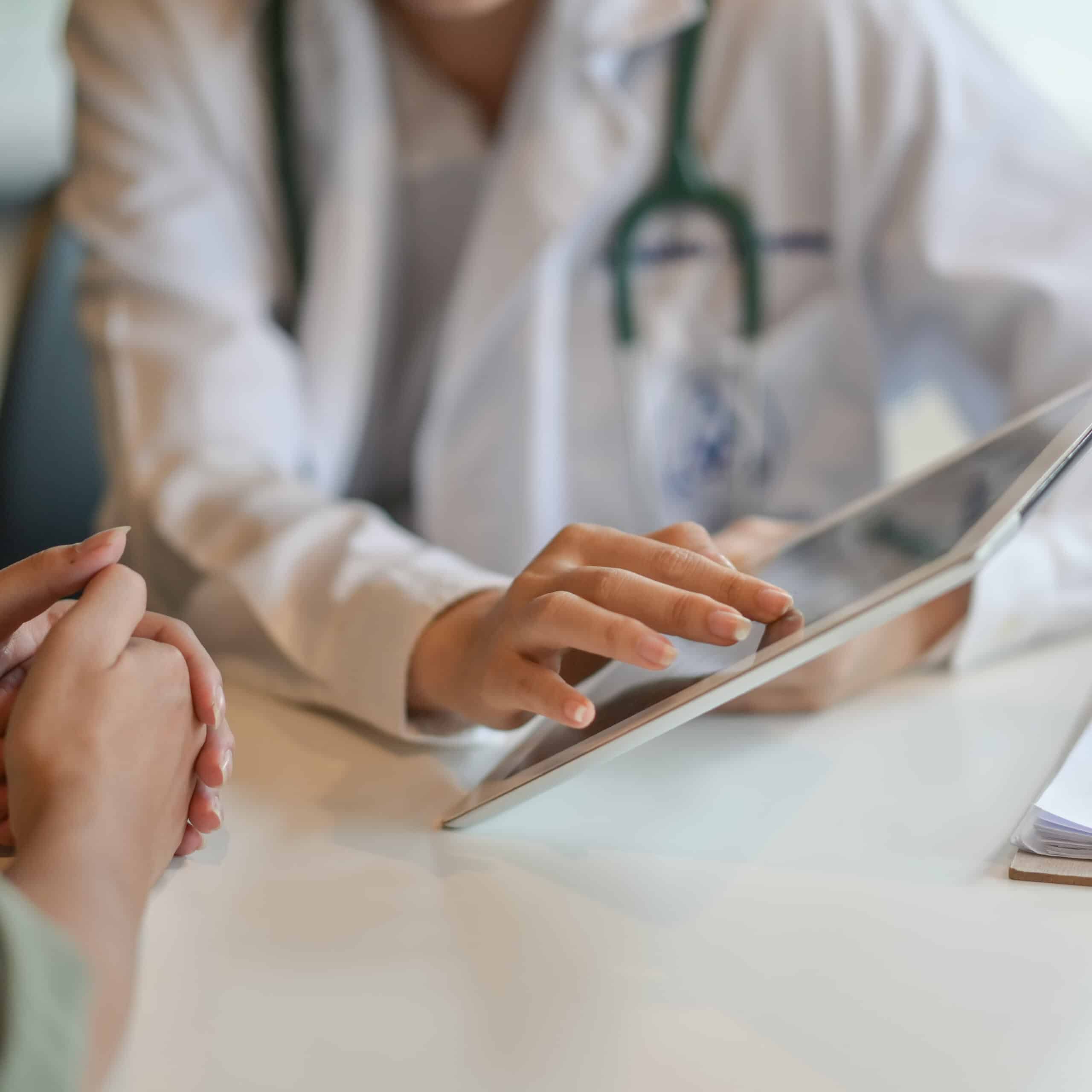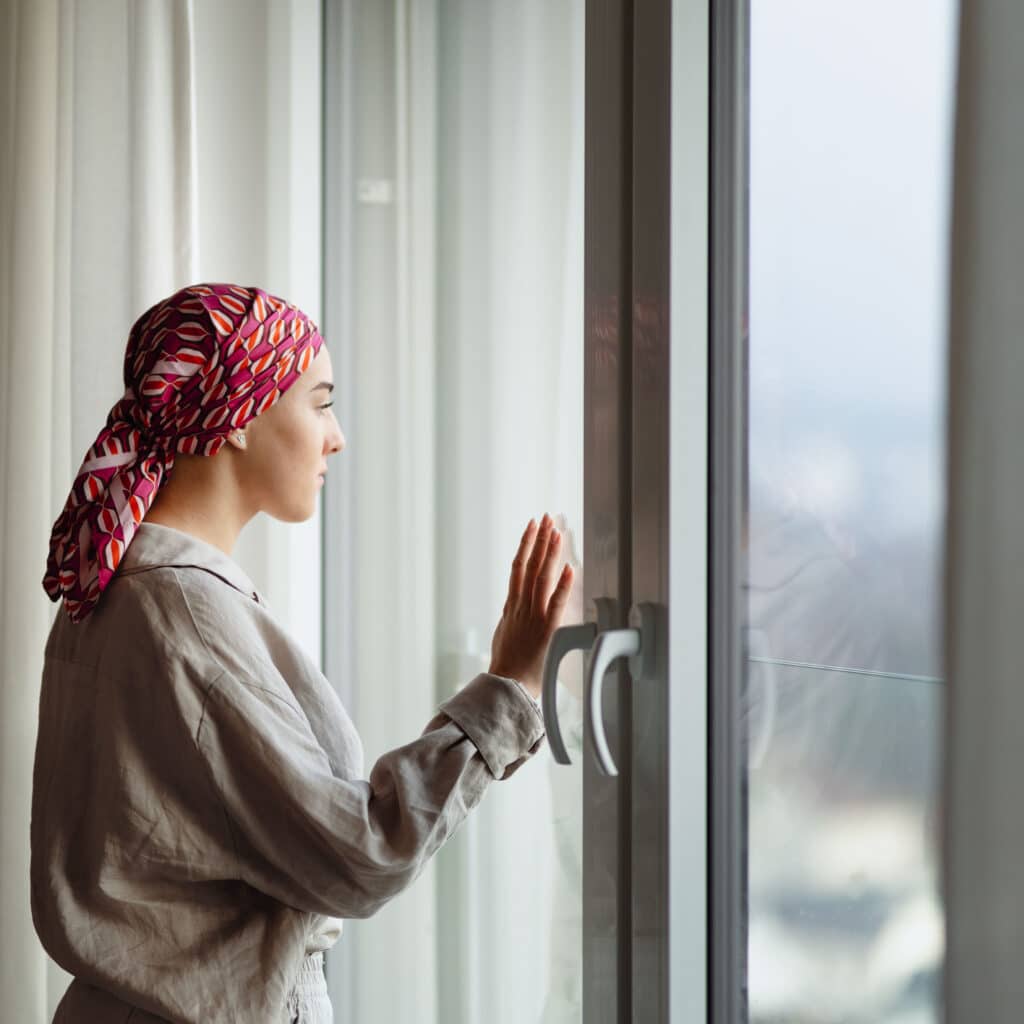
Lymphoma Journey
Remission and Long-term Survivorship
A person is considered a cancer survivor from the time of diagnosis, and throughout treatment and the remaining years of life. There is an increasing number of lymphoma survivors each year. Current data from the National Cancer Institute (NCI) show an overall five-year relative survival rate of nearly 87 percent in patients with chronic lymphocytic leukemia (CLL), 88 percent in patients with Hodgkin lymphoma (HL), and 73 percent in patients with non-Hodgkin lymphoma (NHL).
Better diagnostic tools and more effective treatments are associated with increasing survival rates; however, the challenge now facing many survivors is how to achieve long-term quality of life after treatment has ended. Public health initiatives are focused on addressing the numerous physical, psychological, social, spiritual, and financial issues that survivors are faced with at diagnosis, during treatment, and for the remaining years of their lives. These initiatives are focused on preventing, detecting, and treating complications to improve the quality of life of survivors.

Follow-Up Care
No standardized guidelines currently exist for how often lymphoma survivors should be monitored for cancer recurrence and late health effects from treatment; however, there are some general rules to help survivors stay healthy.

Long-Term and Late Side Effects
Typically, side effects from standard lymphoma treatment regimens, including chemotherapy, radiation, and steroids fall into two broad categories: long-term and late effects.

Exercise and Nutrition
Living a healthy lifestyle–including eating a diet rich in fruits and vegetables, exercising, not smoking, limiting alcohol consumption, etc.–can reduce a survivor’s risk of developing late health effects from treatment.